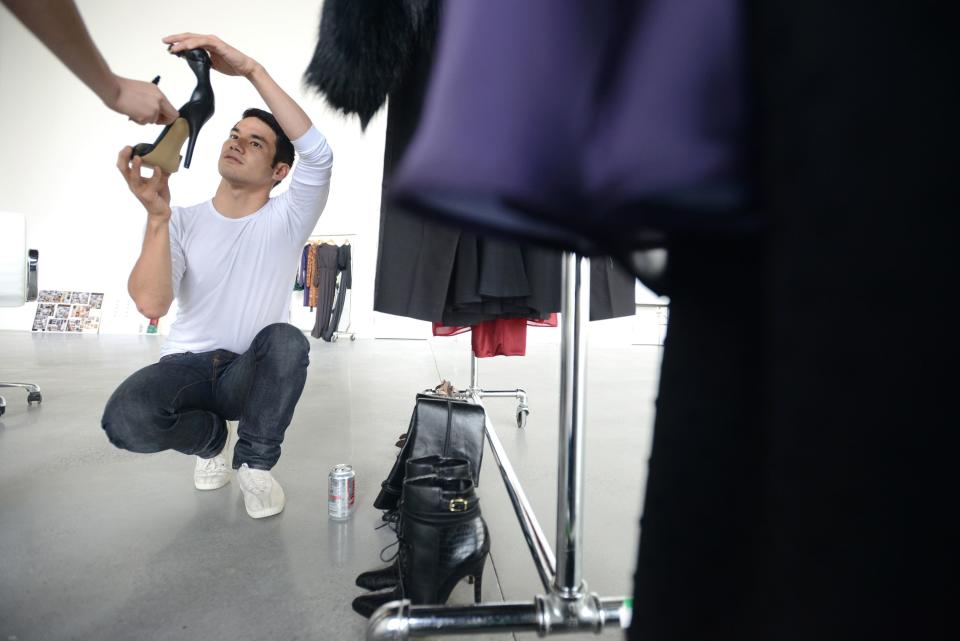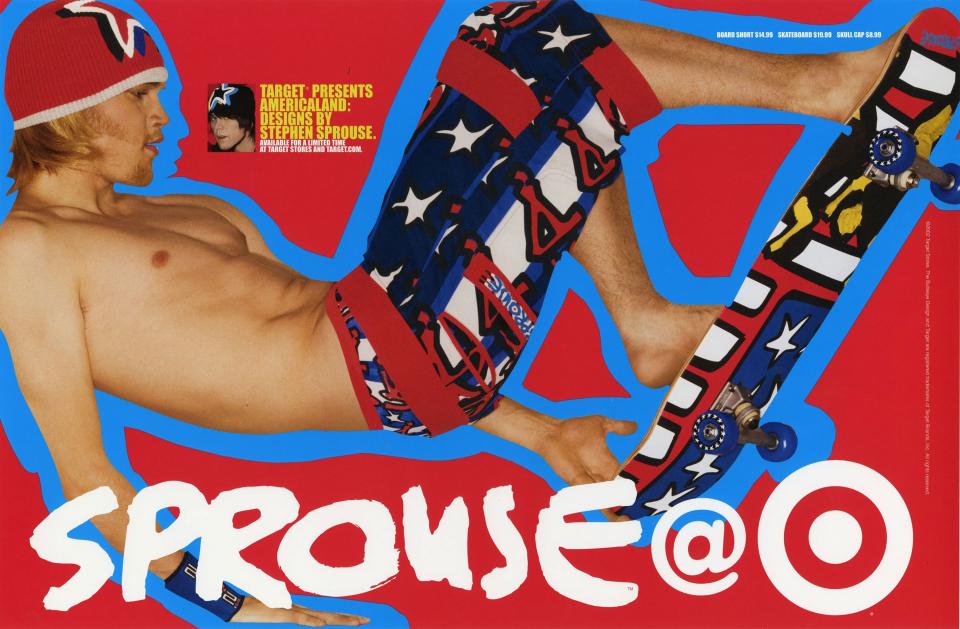Target Is Bringing Back 20 Years of Collaborations From Rodarte, Proenza Schouler, Missoni, and More
Target, your friendly American neighborhood behemoth that was never afraid to go local (as in, hip and indie) is celebrating 20 years of its Design for All program, reissuing 300 pieces from the original collaborations. This new collection will be available September 14 for a limited time, both in stores and online. A documentary about the program is even in the works. There will be a dinner at the Cooper Hewitt Museum in New York during October’s National Design Week Awards, and lifting the curtain on everything is a collectible Rizzoli book, being published on September 3.
I don’t know what’s more surprising: That it has been two decades since Target struck its first partnership with architect and designer Michael Graves in 1999, or that there have been another 174 of them since, with Zac Posen, Anna Sui, Victoria Beckham, Joseph Altuzarra, Thakoon, Marimekko, and Phillip Lim, among others, all collaborating with the retailer. Looking at these figures is akin to getting a numbered birthday card in later life and thinking, Well, how did that happen?! But happen they did, and with an enviable habit of being able to satisfy both insider exclusivity and here’s-something-for-everyone taste. “Our collaborations created a dialogue about style,” says Mark Tritton, Target’s chief merchandising officer. “It was a major turning point. You could come to us for the everyday things you loved, but also these beautiful, meaningful moments.”

With this new reissue collection, that’s still the case. If you missed getting that noir-goth-glam Rodarte dress from 2009, here’s your second chance. If you ever ached for something from the coolster-prepster collection that Proenza Schouler did in 2006, which had East Village–era Chloë Sevigny written all over it as much as it did her Darien, Connecticut, phase, please grab it this time. There will be reasons to shop early for the holidays: John Derian’s whimsical and charming floral dishes are making a comeback. And if you missed 2011’s Missoni mania, arguably one of Target’s most high-profile and successful (and, at that point, certainly biggest) collaborations, that’s returning too. Sadly, I don’t think the be-still-my-beating-heart zig-zag-print bicycle that was one of the standouts of that partnership has made the cut. Oh well, you can dream.
Vogue wrote about that collaboration in its August 2011 issue, with Margherita Missoni telling writer Duncan Campbell: “People ask me, ‘Is it a good idea to do a collaboration on a large scale?’ But for me, I don’t perceive it as lowering your brand; I see it as creating something new and collectible.” Years later, her mother, Angela Missoni, recalled via email what the partnership meant to the label in retrospect. “When we did our first Target collaboration, it was totally new territory,” she wrote. “We discovered there was a whole audience out there that responded to the Missoni world on an emotional level, many without knowledge of us as a luxury brand. I remember reading all the news reports about the response being so strong that the Target website crashed, and hearing the same from all my U.S. friends! It was a real discovery for us.”
That sense of discovery wasn’t just limited to the Missoni family. What’s telling about looking back at the Design for All program is just how much it changed the conversation about high/low—remember that buzz phrase?—and ignited the collaboration craze that was to become a global phenomenon. Target’s collaborations were the beginning of the democratization of design in this country, the idea that whatever carried a designer name didn’t always need to command the kind of price tag that excluded so many from enjoying it. Says Mark Tritton, “We approached everything with a really strong commitment,” he says. “It was almost like an education, this idea of really being in the know. [The collaborations] were affordable and accessible, but each designer’s singularity and uniqueness [came through].”

In retrospect, that was the cleverness of Design for All. While there were plenty of big marquee names, it could also throw a curveball and go way cool. It partnered, for instance, with the likes of Stephen Sprouse, the downtown genius who only a year earlier had been graffitiing Louis Vuitton leather goods at the behest of Marc Jacobs. Surprising alliances were to become a regular occurrence. In 2006, Target signed up the young British designer Luella Bartley. Up to that point she had been the insider name to drop: Gisele Bündchen would open her tiny off-schedule shows in far-flung corners of west London, stylist Katie Grand was her partner in crime, and accessories genius Katie Hillier was designing her capacious punky purses.
In fact, Bartley and I worked together at British Vogue at the end of the ’90s. She’d whip out samples from her first collection from beneath her desk, explaining that her new label was going to be like a cross between A.P.C. and Miu Miu. (It was certainly that good.) Less than 10 years later, her Target collaboration was being advertised nationwide on U.S. television, a huge endorsement of a designer who was barely known back home. And only today, my American Vogue colleague Jill waxed lyrical about buying a piece from that very collaboration, a green-and-black plaid pouf-y prom dress. She’s likely not going to be alone in her joyful reaction to the news of the reissuing; the nostalgic pleasure from a moment of discovery, and the frisson of buying something new—or anew.
Originally Appeared on Vogue

